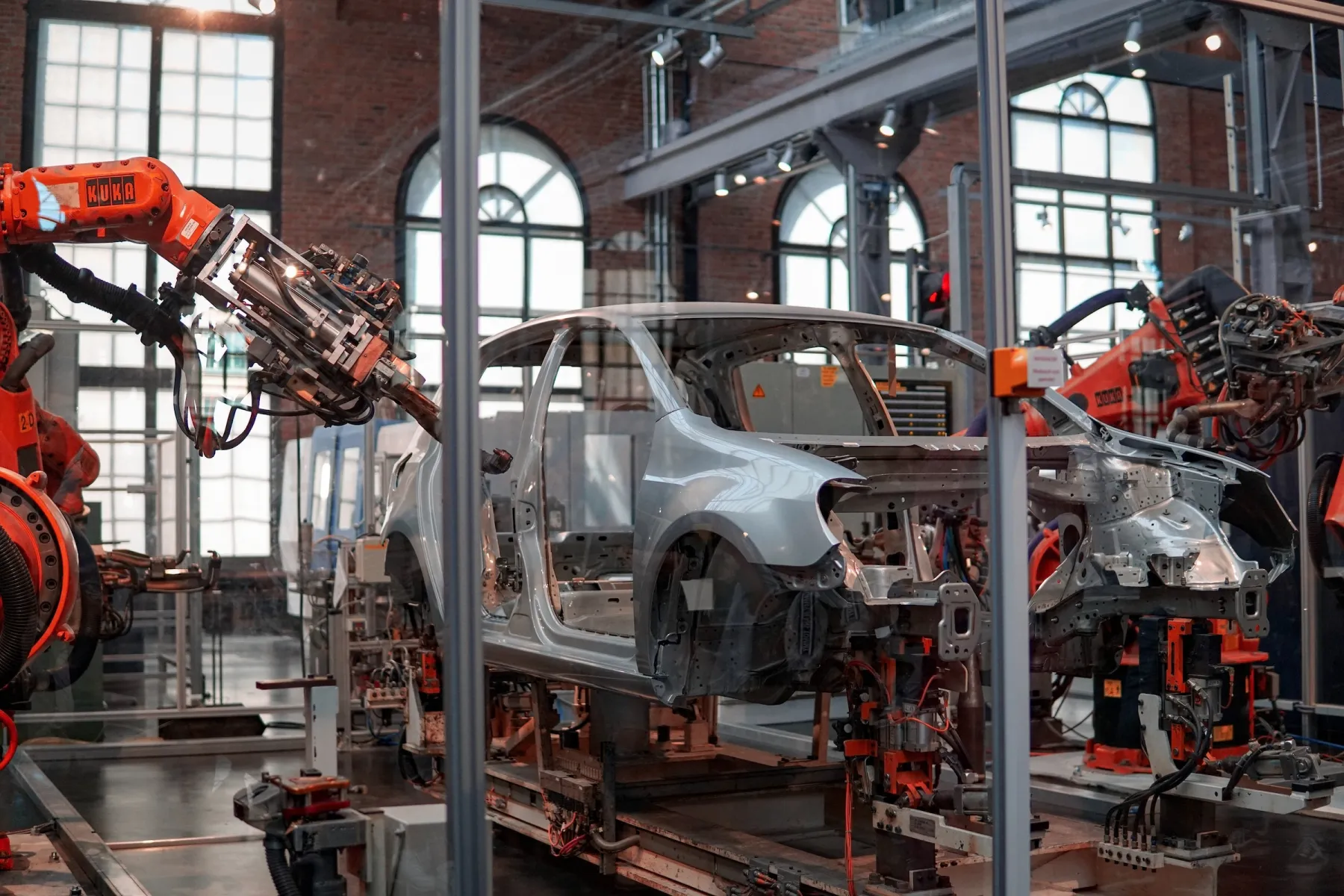The industrial space market has been helped by several large investments, a recovery in the automotive sector and rising manufacturing

The real estate consultancy 108 REAL ESTATE registers an increase in interest in leasing industrial space in the Czech Republic in the second quarter of this year. However, the revival, expressed in roughly 357,000 sqm of leased warehouse and manufacturing space, was only visible in selected regions. It was mostly related to manufacturing companies or companies linked to the automotive sector. After a prolonged period of uncertainty, the latter recovered to a high level of performance. Already in the first half of 2024, automotive companies in the Czech Republic produced 774,310 vehicles, the highest in modern history. The boom is also synergistic in the related sectors - manufacturing and shipping.
According to 108 REAL ESTATE, the industrial space market is still in a cautious and rational phase. This is despite the strengthening of the automotive and manufacturing segments and the announcement of key investments such as the expansion of Onsemi in the Zlín region. The reason for this can be found, for example, in the rising vacancy rate, which has risen by half quarter-on-quarter to 3.9%, excluding shell & core projects. As a result, rents continue to fall, but regional differences apply here too.
The similarly rapid recovery in demand that occurred between the first and second quarters of this year was not expected by industrial market experts. It proves the clear interconnection of logistics and production with the mood in society and people's willingness to spend (not only in the Czech Republic): in the industrial space segment it will be visible right after retail. Positive expectations are also confirmed by the fact that in recent months developers who have not been active in the Czech Republic before have headed to the country. The existing ones are expanding their portfolios with acquisitions or new developments.
"I would mention, for example, the planned projects of 7R. The already active developers GARBE or Logicor are increasing their share. The Czech Republic is a country where all major European developers meet with large local players," says Jakub Holec, Director of 108 REAL ESTATE.
Increased demand is also visible during the summer. However, it is only partially reflected in the leases executed, as subleases of industrial space are still very important.
"Developers are reacting to this by shifting construction over time, there is no pressure to complete new projects. That is why only 75,000 sqm of new space was completed in the second quarter. Even so, the total area of industrial space for lease reached 12.14 million sqm. Another 977,000 sqm is in the advanced preparation or implementation phase," adds Matěj Indra, Head of Industrial Leasing at 108 REAL ESTATE, to the Q2 results.
At the end of June, there were around 415,000 sqm of buildings in shell & core status. However, most of them are still without a secured tenant - but they can benefit from pre-leased space, which also applies to large enquiries. This has not been the case on the domestic market for several years.
Developers and owners of completed buildings or buildings close to completion also have an active approach to tenants. The higher level of incentives, which started to become apparent at the end of last year, continues. It can usually be expressed as a ratio of one year of lease contract to one month of rent holidays. Landlords are also more benevolent with more flexible terms, including the possibility of the aforementioned subleases.
Despite the plans of new developers, the volume of new industrial construction starts will decline. Suitable land for further development will become increasingly difficult to find and as the number of projects increases and vacancy rates rise, the pace of new construction will slow over time. However, brownfield sites will remain a major opportunity. Another reason describes Michal Bílý, Head of Market Research at 108 REAL ESTATE:
"There are large regional differences in demand, supply and rent levels. We are seeing a large amount of vacant and emerging space near the German border and then in Ostrava. In Prague and the surrounding area there is still an excess of demand."
The highest achieved monthly rents in the wider Prague area, which is usually the area of highest interest, reached EUR 7.50 per sqm. Thus, there was a slight decrease between the quarters, similar to other regions: specifically in the Hradec Králové Region, the South Moravian Region or the Vysočina Region. In other parts of the Czech Republic, prices remained basically the same. The average rent per square metre remains at EUR 6, with the national average falling by three cents compared to the first quarter. The highest average rent per sqm was reached in the first quarter of last year, when the price per sqm rose to EUR 6.15.



